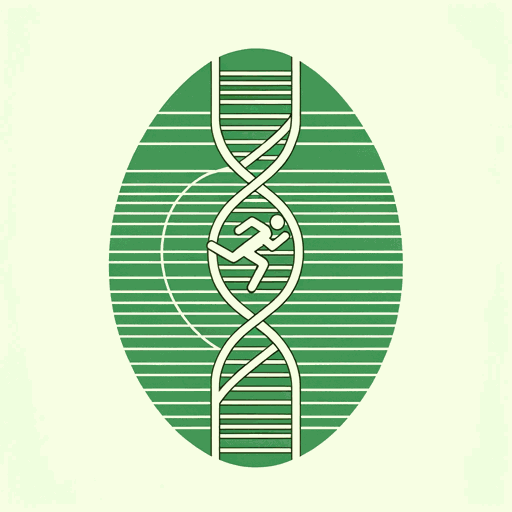50 pages • 1 hour read
David EpsteinThe Sports Gene: Inside the Science of Extraordinary Athletic Performance
Nonfiction | Book | Adult | Published in 2013A modern alternative to SparkNotes and CliffsNotes, SuperSummary offers high-quality Study Guides with detailed chapter summaries and analysis of major themes, characters, and more.
Chapters 1-3Chapter Summaries & Analyses
Chapter 1 Summary: “Beat by an Underhand Girl: The Gene-Free Model of Expertise”
Chapter 1 begins with a story of female softball pitcher Jennie Finch, who faced off against Major League Baseball’s best male hitters in 2004 and 2005, beating them handily, earning media attention, and intimidating MVP Alex Rodriguez so much he wouldn’t even face her.
Epstein debunks a formerly held theory that said athletes must have genetically quicker reflexes that would result in shorter reaction times than average people, allowing them to perform feats like hitting balls at high speeds. Researcher Janet Starkes invited the “modern sports ‘occlusion’ test” (6), which found that “one key difference between the expert and novice athletes was in the way they had learned to perceive the game, rather than the raw ability to react quickly” (7). The baseball players couldn’t hit Finch’s softball pitch because they weren’t used to “perceiving” the mechanics of a softball pitch.
In the 1940s, psychologist and chess master Adriaan de Groot performed a test on chess players of different abilities and determined that experience was critical to expertise. In 1973, psychologists William G. Chase and Herbert A. Simon expanded on de Groot’s experiments and developed their “chunking theory,” which holds that “experts unconsciously group information into a smaller number of meaningful chunks based on patterns that they have seen before” (10).
Related Titles
By David Epstein


